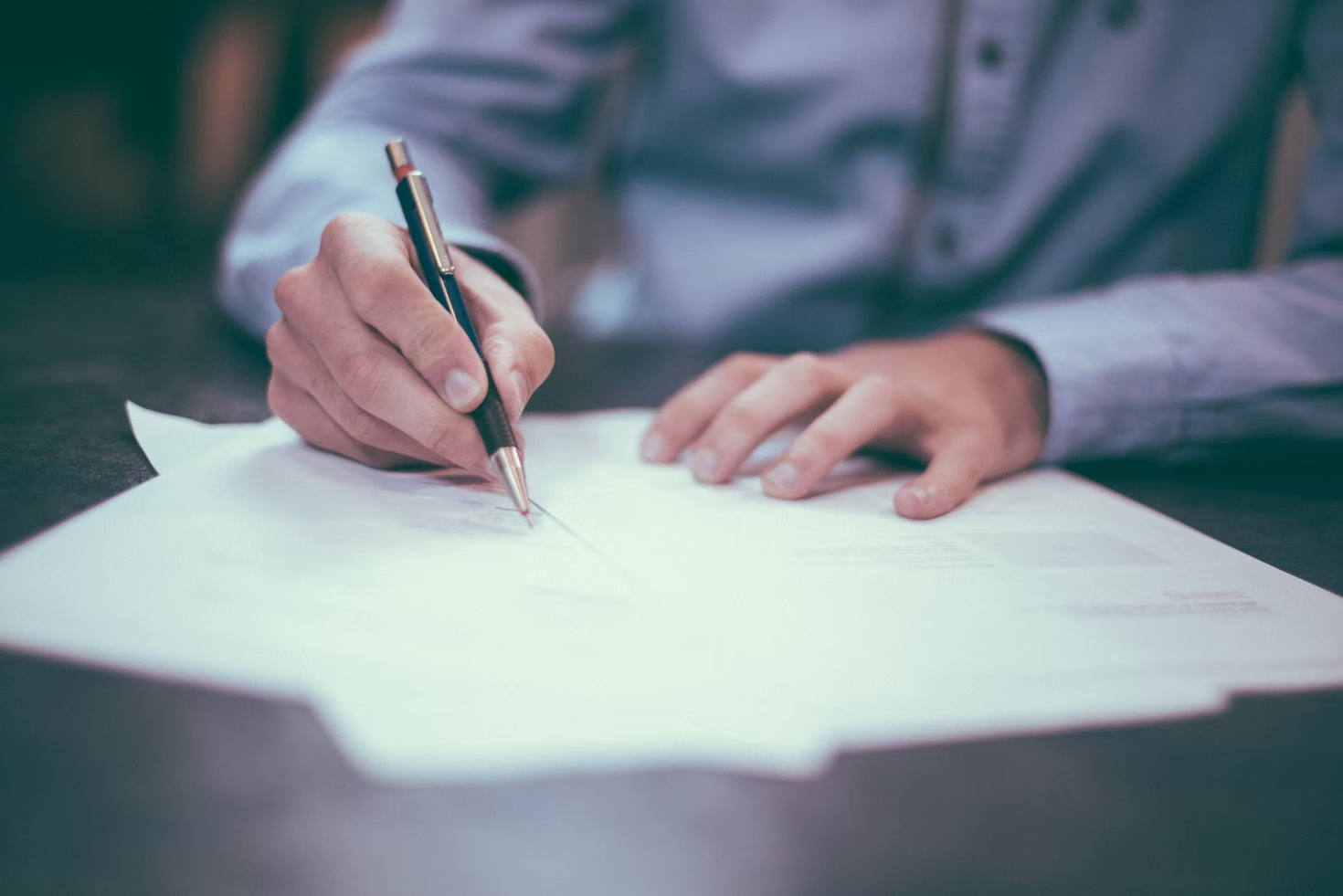Active banners: 2 Visible banners: 2
Banner ID: 12 Has content: true
The Telling Room call to submit Youth Writing and Youth Art Exploring Climate Change
Banner ID: 13 Has content: true
Hi, educators! Share your student reach in our short Impact Survey 📚 Survey Link
Write a Letter to Your Energy Minister
Provided by: ClimateScience |Published on: February 24, 2023
Lesson Plans
3456
Synopsis
- In this activity, students will read a digital book, Sven's Search for Clean Energy, then write a persuasive letter to their energy minister about renewable energy sources.
- Students will have the chance to practice writing a letter and learn about renewable energy.

Subjects: Science, Civics, English Language Arts
Authors: ClimateScience
Region: Global
Languages: English
Teaching Materials
Positives
- The teacher's guide is well organized and easy to use.
- This activity brings together multiple academic subjects, including science, civics, reading, and writing.
Additional Prerequisites
- Students will need to know how to write a formal letter.
- Teachers may want to review note-taking skills with students so they can take notes as they read the book.
- Teachers can display the digital book on a projector, allow students to read the book on individual devices, or print the book for students to read.
Differentiation
- Students could look up information about their government representatives and how to contact them. They could send their letters (traditional mail or email) to multiple politicians at the local, state, or national levels.
- In art classes, students could make artwork to illustrate the points that they made in their letters. Students could mail their artwork along with their letters.
- Other resources on this topic include this climate change letter-writing activity and this activity on writing a letter to a member of congress.
Scientist Notes
Teaching Tips
Standards
Resource Type and Format
About the Partner Provider

ClimateScience
ClimateScience inspires young talents to seek careers in fields where they contribute to climate solutions. By providing beautifully illustrated, understandable, science-based educational content for free for everyone, they are building the fundamentals for Climate Education.
All resources can be used for your educational purposes with proper attribution to the content provider.
Teaching Materials
Educator Support
My Account



